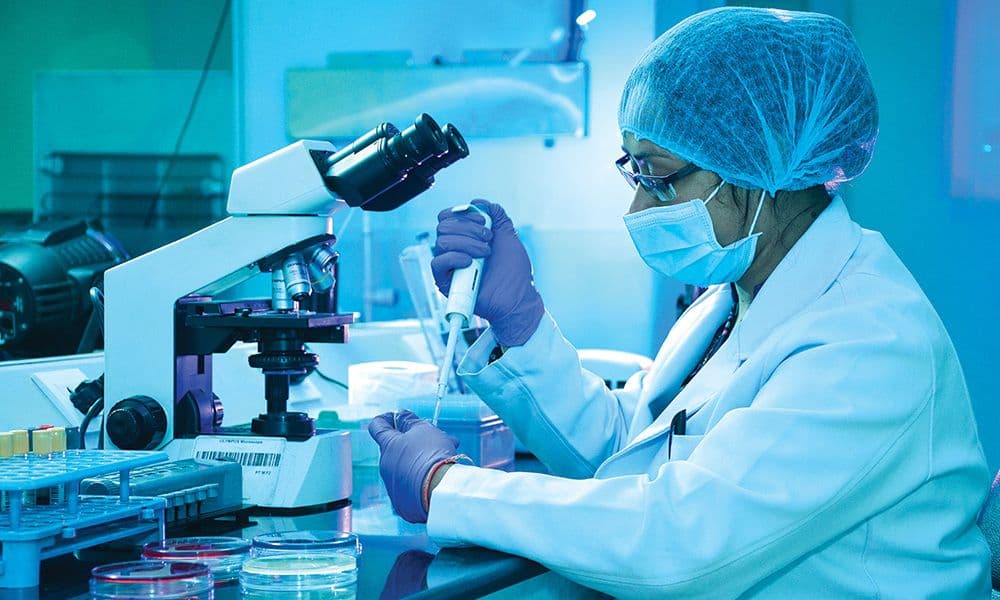Nuclear medicine and medical imaging have revolutionized patient diagnosis and care. At the heart of these advanced techniques are diagnostic radiopharmaceuticals and contrast media – substances that help highlight specific organs, tissues or physiological functions when administered to the patient. These agents play a crucial role in modern medical diagnostics by enabling conditions to be detected early and treated effectively.
What are Diagnostic Radiopharmaceuticals?
Tracers or radiopharmaceuticals are radioactive compounds containing detectable radioactive substances like technetium-99m, thallium-201, gallium-67 etc. Typically, these radiotracers are coupled with other molecules to act as anatomical or functional targets. When administered to the patient intravenously or orally, they accumulate in organs or areas of interest and emit gamma rays that can be detected by specialized imaging devices like SPECT (Single Photon Emission Computed Tomography) or PET (Positron Emission Tomography) cameras.
Some examples of commonly used radiopharmaceuticals include Technetium-99m sulfur colloid which is taken up by the liver and spleen to evaluate their size, shape and differentiate between healthy and abnormal tissue. Thallium-201 chloride is utilized as a myocardial perfusion agent to assess blood flow to the heart muscle at rest and stress. FDG or Fluorodeoxyglucose labelled with F-18 isotope acts as a glucose analog to detect increased metabolic activity in tumors and infections.
The precise delivery of radiotracers to target areas enables physicians to non-invasively obtain functional details and metabolic information that cannot be seen on conventional radiological scans. Nuclear medicine examinations aided by radiopharmaceuticals are extensively performed worldwide for diagnosis of cancers, heart diseases, infections and numerous other clinical conditions.
Contrast Agents Assist Medical Imaging
Contrast media or agents are substances used to increase the contrast between tissues in medical imaging exams like x-rays, CT (Computed Tomography) scans and MRI (Magnetic Resonance Imaging). They help outline and highlight specific areas by altering their density or signal characteristics compared to surrounding tissues. This improves the visibility and detectability of abnormalities.
Some major classes of Diagnostic Radiopharmaceuticals and Contrast Media agents include barium and water-soluble iodinated contrast used for x-rays and CT, and gadolinium-based contrast approved for MRI. Barium sulfate suspension is taken orally before x-rays of the GI tract to opaque the stomach, small intestine and colon. Iodinated IV contrast enhances blood vessels and organs like kidneys, liver and spleen on CT. Gadolinium facilitates detection of lesions in the brain, spine and other bodily areas during MRI.
Safety Considerations with Contrast Media
While enormously beneficial, contrast agents do impose a small risk that requires appropriate precautions. Patients with impaired kidney function need to be screened as iodinated contrast may precipitate nephrotoxicity or renal failure in the vulnerable group. Thyroid problems may occur rarely after some barium exams. Gadolinium remains in the body for a few weeks and trace deposits have been detected in the brain under certain conditions, despite its good safety profile established over decades of use.
Advancements in Radiopharmaceuticals and Contrast Agents
Continuous research has led to newer forms of existing contrast media with better performance profiles. Low and iso-osmolar iodinated contrast do not cause discomforting side effects as their predecessors. Macrocyclic gadolinium chelates are eliminated efficiently from the body via the kidneys. Microbubble based ultrasound contrast agents hold promise in improving cancer imaging.
Radiopharmaceutical research is also striving for disease-specific tracers that target unique cancer biomarkers, amyloid or tau aggregates in neurodegenerative diseases and many other clinical areas. The prospect of radio-labeling monoclonal antibodies, peptides, nanoparticles etc. with positron emitting isotopes opens exciting opportunities. Adaptations like antibody-based immunoPET provide unprecedented precision for staging, treatment response and tumor recurrence assessment.
Role of these molecular diagnostics and advances being made will be of immense benefit in the coming years. Alongside conventional techniques, use of new tracers tailored for precise clinical queries would help manage patients more effectively based on actual biological factors at play rather than just anatomical findings. This promises more personalized and outcome-driven healthcare.
radiopharmaceuticals and contrast media are indispensable components of modern medical imaging that have enabled major advances in patient care. Though they carry small risks that necessitate proper screening and monitoring measures, their diagnostic benefits greatly outweigh rare adverse effects. Constant innovations occurring in these fields through persistent research hold significant potential to further strengthen imaging capabilities, develop molecularly targeted diagnostics and optimize clinical management of numerous health conditions. Overall, they play a defining role in today’s precision healthcare ecosystem.
*Note:
1. Source: Coherent Market Insights, Public sources, Desk research
2. We have leveraged AI tools to mine information and compile it


